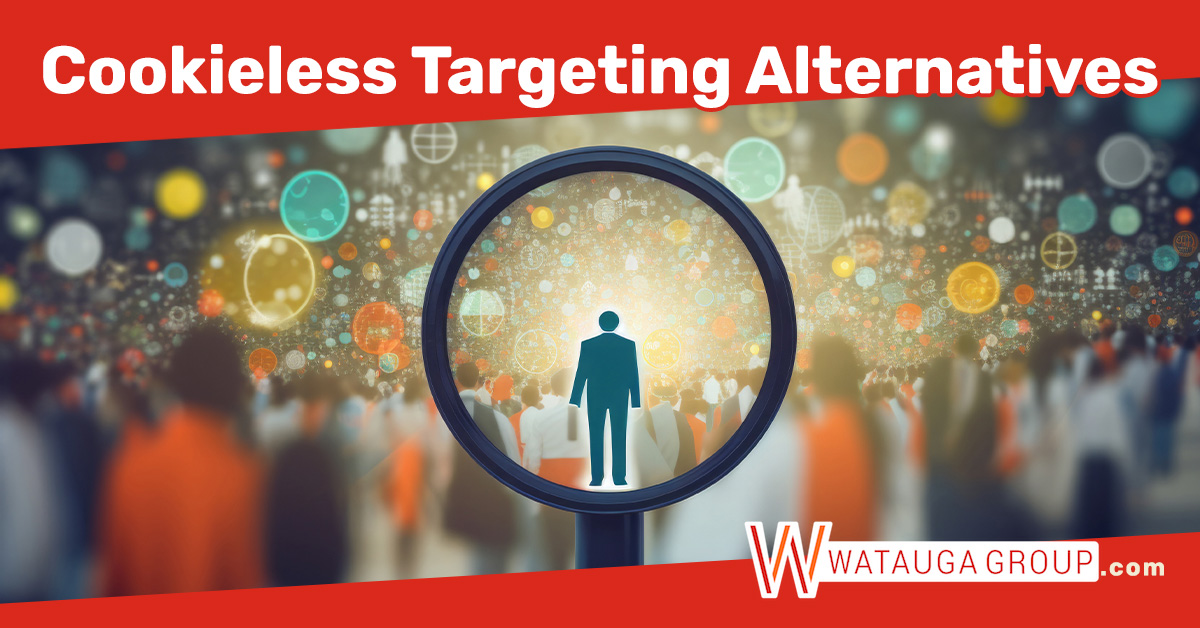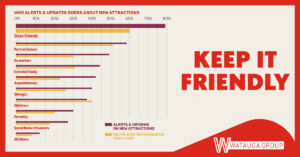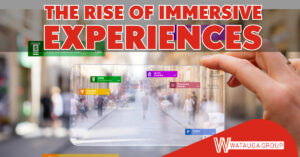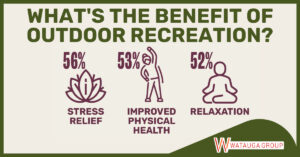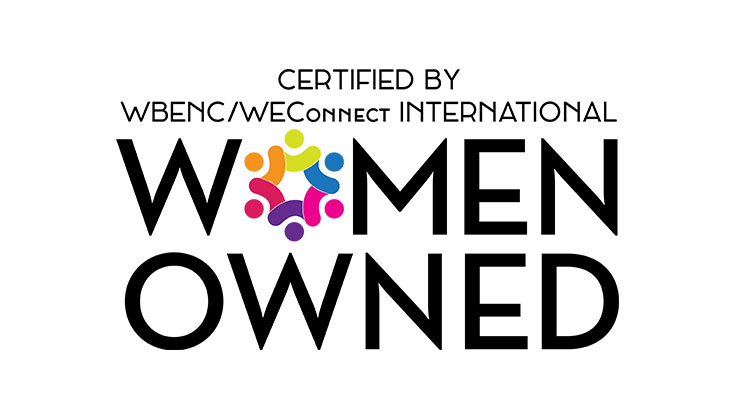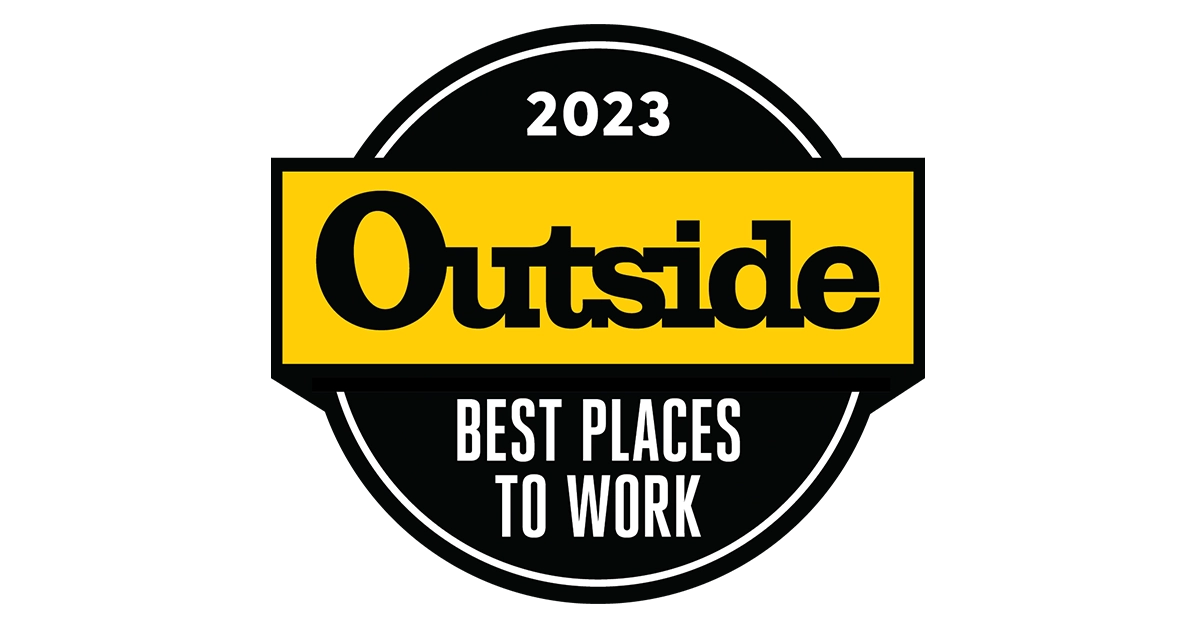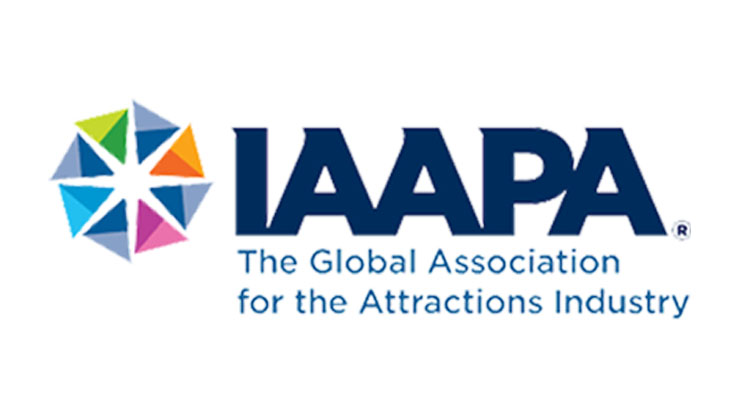Curious about those ads for the hiking boots that you were researching that are now “following” you around the internet? That marketing strategy is produced by cookies, which are dropped onto your device by websites that you have visited. Driven by growing privacy concerns, regulatory changes such as the General Data Protection Regulation (GDPR), and a demand for more user-friendly and ethical practices, the digital advertising industry is shifting away from cookie-based targeting. As a result, new targeting strategies are being developed without the use of cookies, also known as “cookieless targeting.”
What are cookies in digital advertising?
Cookies are small pieces of data from a website that are stored on a user’s device to track online behavior. Some of the most critical data that advertising cookies can collect include:
- Demographic information
- Online Behavior information
- Browser and device information
- User interests & preferences
- Storing & Retaining data (ex: autocomplete functions in forms)
Cookies in Paid Digital Media
Most advertisers, including outdoor recreation and attraction brands, use data collected from cookies to target specific audiences of people who have shown interest in various topics, products, activities, brands, and more. Cookies can track a user’s purchase history which can be used to create targeted unique offers and coupons. Cookies can track a user’s web browsing activity to understand what content is most popular among audiences. This allows for the ads to target people who are more likely to be of interest and the ability to message them in a more personally relevant way.
Alternatives for Cookieless Advertising:
As practical and reliable as advertising cookies have been, they will start to phase out. Google’s current plan is 100% deprecation by Q3 2024. With increasing regulations and public scrutiny, advertisers must make privacy compliance a priority. Some ways Watauga is exploring alternative data sources and bringing cookieless targeting to our outdoor recreation and attraction clients with the following methods:
- Contextual Targeting:
- Contextual targeting involves using keywords, content, or topics to deliver ads to relevant websites or pages. Because you are targeting a user based on the content that they are viewing, you are not collecting personal data from them to serve advertising, making this a great alternative to relying on third party data.
- DSPs analyze the context of web pages, for example, if someone is reading an article about the best RV road trips, we can serve an ad for an RV or camping related brand directly on the page due to the keywords within the article.
- Behavior-based Targeting:
- Instead of using cookie data to identify user behavior, advertisers can leverage first-party data, such as website engagement or purchase history, to target specific audience segments.
- If we know a particular user purchased fishing tackle 3 months ago, we can serve ads for new tackle products that might need to be replenished.
- Location-based Targeting:
- Mobile devices and other connected devices often provide location information, which allows advertisers to target users based on their physical proximity or specific locations of interest. These identifiers are anonymized to protect user privacy, allowing for data variables to be tracked and appended to identifiers.
- This type of tracking can also be used to create frequency in a campaign, by geofencing an out-of-home board, for instance. Delivering a display/ video ad to someone who you know has passed by a particular out-of-home board will provide the opportunity to show them your ad additional times on a mobile device.
- For example, if someone is in Gatlinburg, Tennessee, a local Family Entertainment Center could use location-based targeting to target visitors in the immediate geographic area to generate awareness or offer incentives to visit the Center.
- Device-based Targeting:
- Device identifiers, such as Apple’s Identifier for Advertisers (IDFA) or Google’s Advertising ID (AAID), can be utilized as an alternative to cookies. These are random device identifiers assigned to a user’s device that track data so advertisers can deliver a customized advertising experience, without obtaining personal identifiable information.
- An attraction with the goal of having people download their app can target people on different mobile devices (android vs. iPhone), to link them to the correct app, which creates a more personalized, user-friendly experience.
- First Party Data:
- Customer data collected from CRM systems, loyalty programs, email subscribers, and site visitors allow companies to generate advertisements catered to their audience’s interest. This can be a bit more time consuming, but brands that provide value to their consumers through relationship building will create trust with their customers and are more likely to get them to “opt in” and offer more personal information about themselves. This type of data is the most relevant and valuable because it is built based on actual customer provided data.
- An example might be based around season ticket holders for a theme park, through CRM data or other data collected when annual passes are purchased, the park can track who does and does not renew. Email addresses for those pass holders who did not renew can be used to build an audience for marketing purposes across multiple digital channels to reengage them with specific messaging and promotions so that they can be reengaged to hopefully bring them back to the park.
- AI/ Machine Learning:
- Innovative technologies leveraging artificial intelligence and machine learning can predict user behavior and preferences based on keywords, website content, and other meta data.
- Ads are shown to users in relation to the content they are consuming at that exact moment in time, rather than past behaviors. This creates a more personalized experience for the user. Google has incorporated this with their Performance Max campaigns as well as Meta with the Advantage+ targeting. Watauga is currently running and testing these type campaigns for many of our outdoor recreation and attraction clients.
Are industries adapting cookie alternatives?
Most industries have been slow to adapt cookieless targeting. The chart below shows various industries with the percentage of cookie-targeting or a cookie-alternative for targeting.
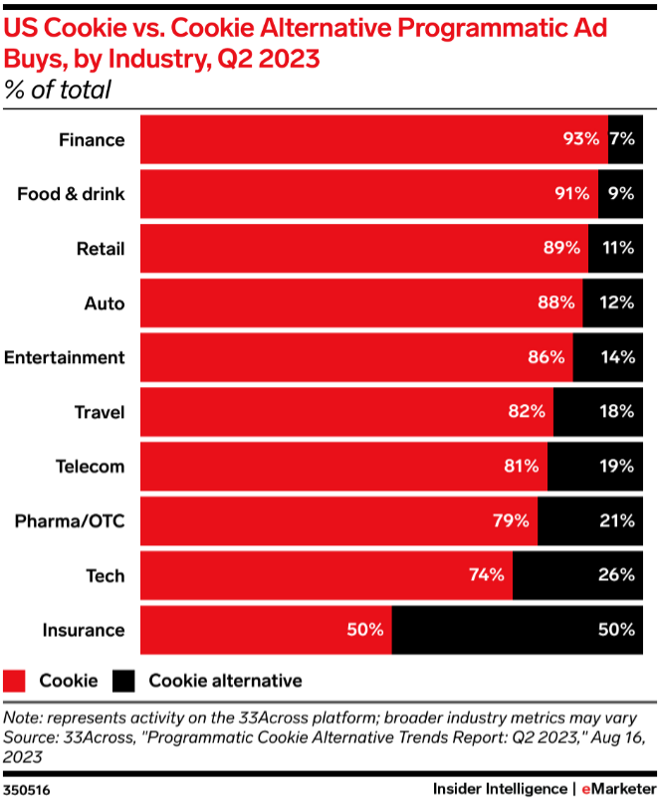
Most industries, including the outdoor recreation and attraction categories, are still mostly using cookies for targeting. Given the direction of privacy concerns, companies will eventually be left with no choice but to adopt a “cookie alternative” for targeting.
In a situation like we are facing today, it is better to be ahead of the curve, than behind it. The window of time is closing for advertisers to test and understand a more contextual approach compared to an audience-based approach. Shifting away from past behavior of the user to the user in the moment.
Conclusion: Set Yourself Up For Success
The days of cookie-based targeting are numbered as the advertising industry moves towards a more privacy-conscious and user-centric approach. Even without cookies, outdoor recreation and attraction marketers can still deliver relevant and personalized ads by leveraging alternative data sources.
As technology continues to evolve, advertisers should embrace the change and use these innovations to enhance their cookieless targeting. Outdoor recreation and attraction advertisers who adapt to the new reality will continue to thrive in an ever-evolving digital advertising world.

